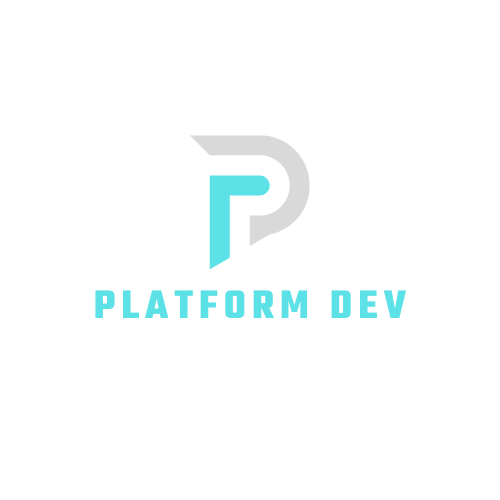Internal development platforms provide self-service and automation to reduce overhead typically assigned to software developers. Application developers provide value in the code produced and how quickly new features can be brought to market.
The time spent managing Kubernetes, navigating CI/CD workflows, writing infrastructure as code, and learning the plethora of tools to accomplish these tasks is costly, counter productive, and increases time to market.
In recent years, it has become increasingly more difficult for software developers to keep up with:
- Microservice complexity (Kubernetes)
- Number of managed service offerings from cloud providers
- Available tooling for automationAbstracting these processes and building self-service automation to increase developer productivity is the primary role of a Platform Engineer.
Role of Platform Engineers

Platform engineers understand software development and the product lifecycle. Some have backgrounds in software development, devops or site reliability engineering with the knowledge to automate internal business processes using a language such as Python, Go, Rust and more. They have a wealth of knowledge in:
- Cloud Service Providers (AWS, Azure, GCP)
- Continuous Integration and Continuous Delivery (CI/CD)
- Kubernetes / Microservice architectures
- Infrastructure as a Service (IaaS)
- Platform as a Service (PaaS)
- Networking, Storage, Compute, Operating Systems
- Development languages to automate "all the the things"Application software developers are the primary customers of the platform engineering team with the goal to build self service automation tooling allowing developers to focus their time on the application delivery.
Use Case
An organization might have a business process where a development team submits a service request (usually a ticket) for a new AWS account. The account requires a VPC, ingress and egress, single sign on, IAM, security hardening, service control policies, account management, and the list goes on.
There’s probably a lengthy approval process followed by more tickets sent to a Network team to allocate CIDR blocks and set up routes, Account team to provision the account, and an IAM team to setup authentication. This process could take weeks depending on the organization.
A platform engineer might look to a tool such as AFT (Account Factory Terraform) to create the new AWS account with the Control Tower APIs. They would work with the Network team to identify an IP management tool where CIDR blocks could be allocated automatically. Next, they might ask the IAM team if an API is available to automate the authentication configuration.
Eventually a frontend tool would be built to allow internal development teams to submit their request for a new AWS account in a single step. Behind the scenes, everything outlined above is automated. Instead of weeks, new accounts are now provisioned in minutes with full configuration enabling developers to quickly start building applications.
Platform engineers are highly specialized in a wide variety of areas so that developers can focus on the product and not the underlying technology to deliver the product.



